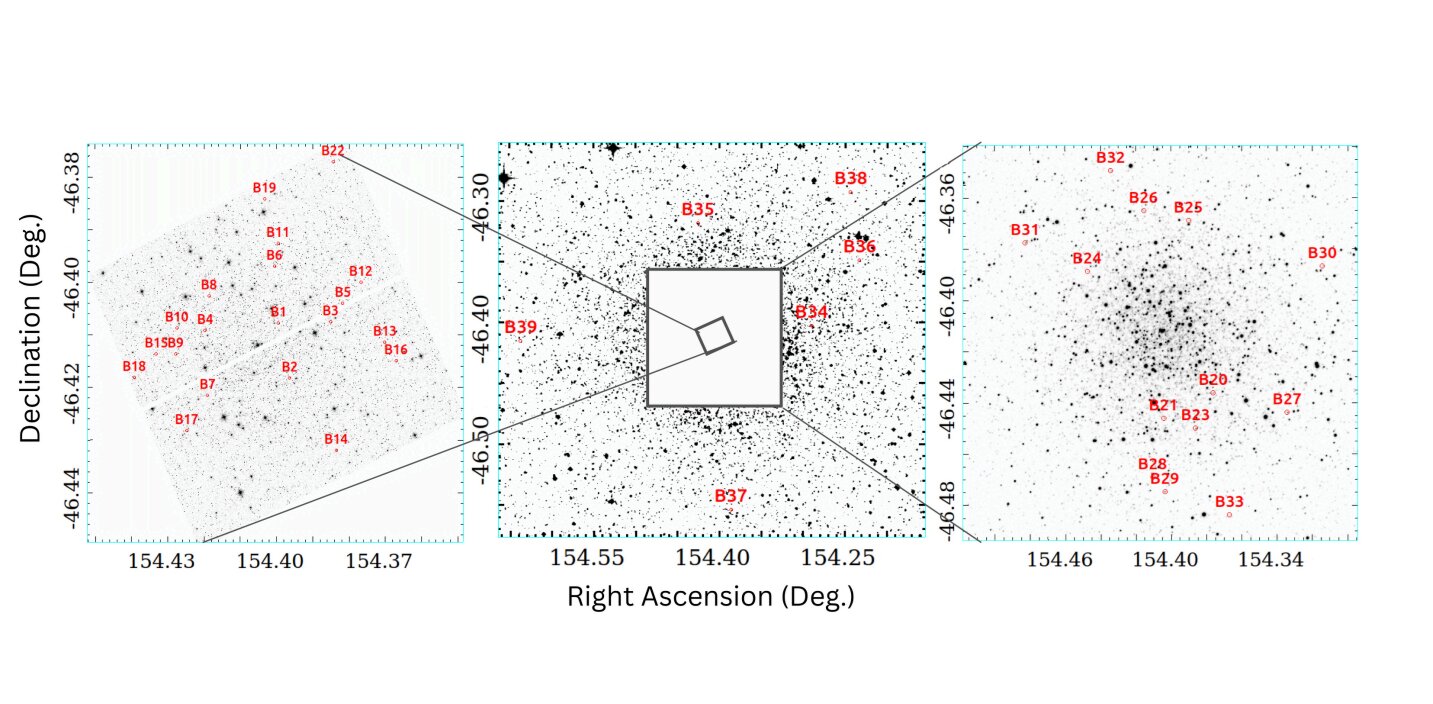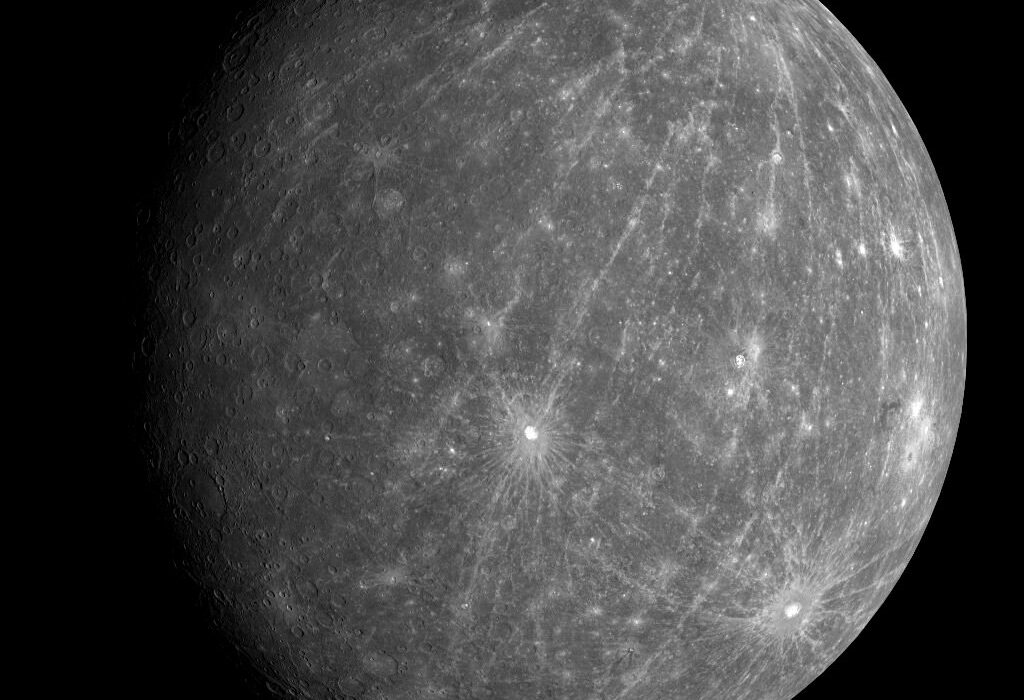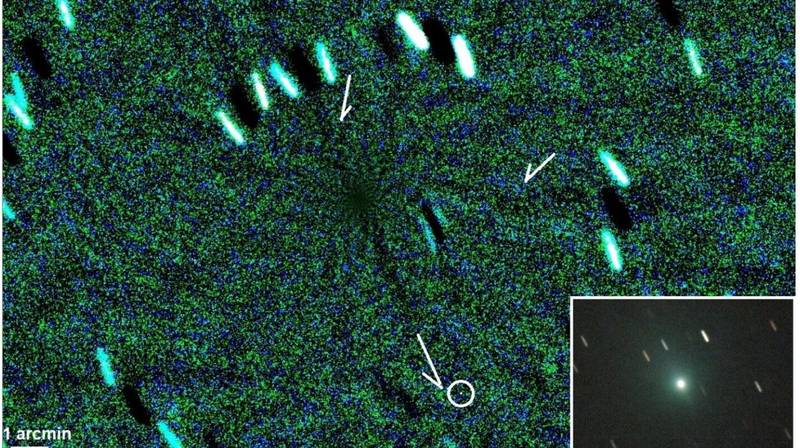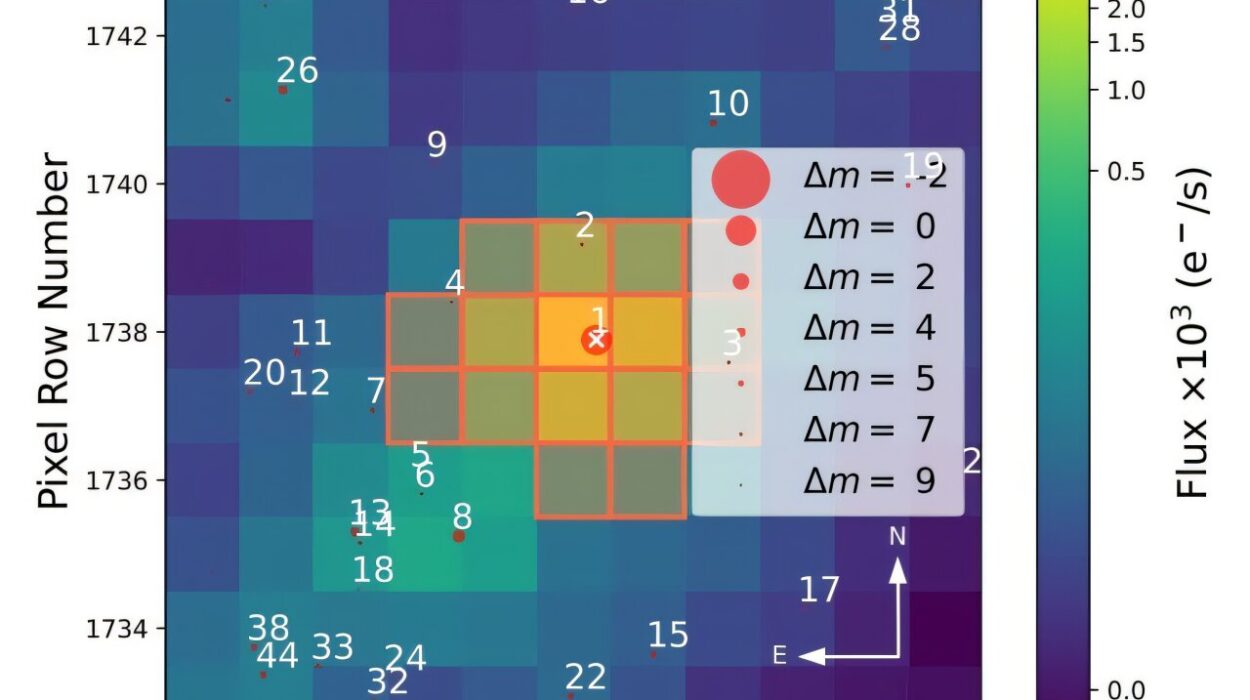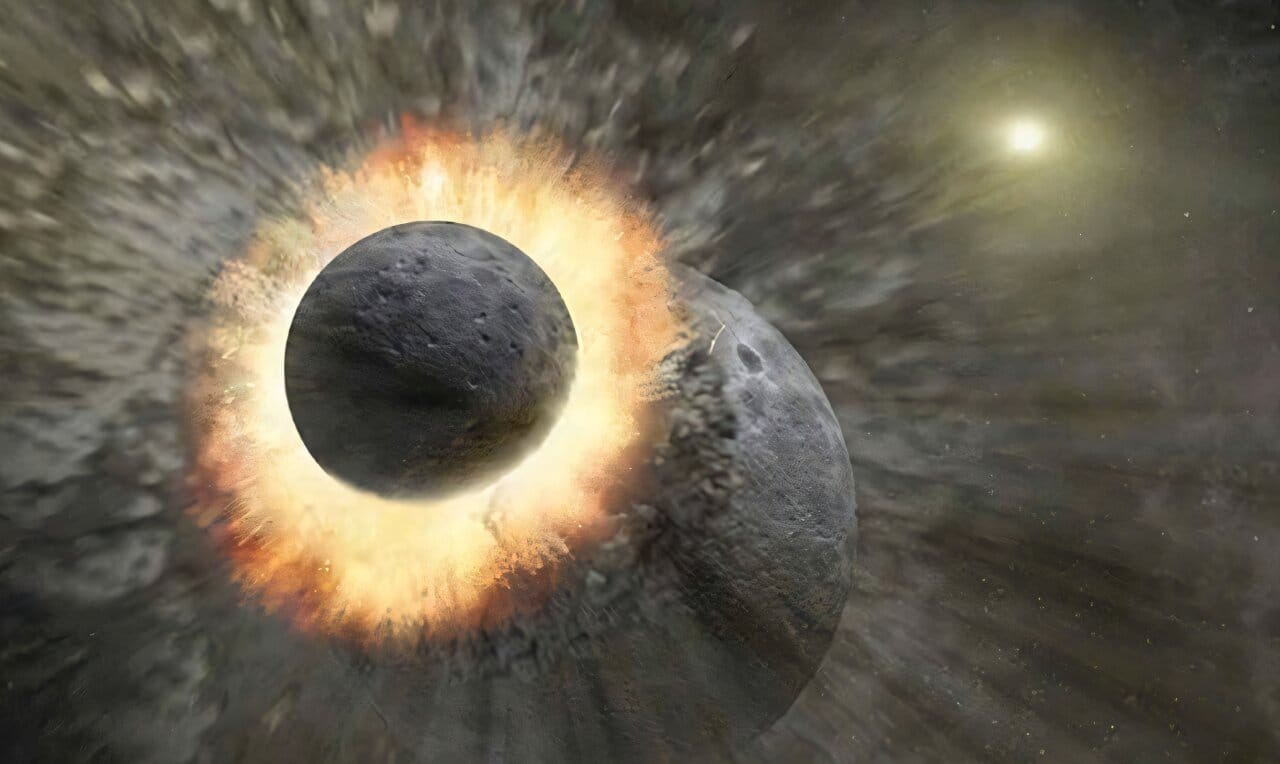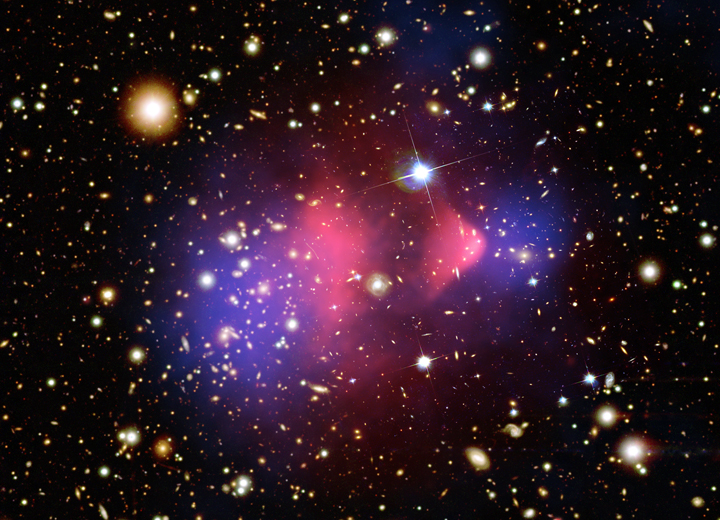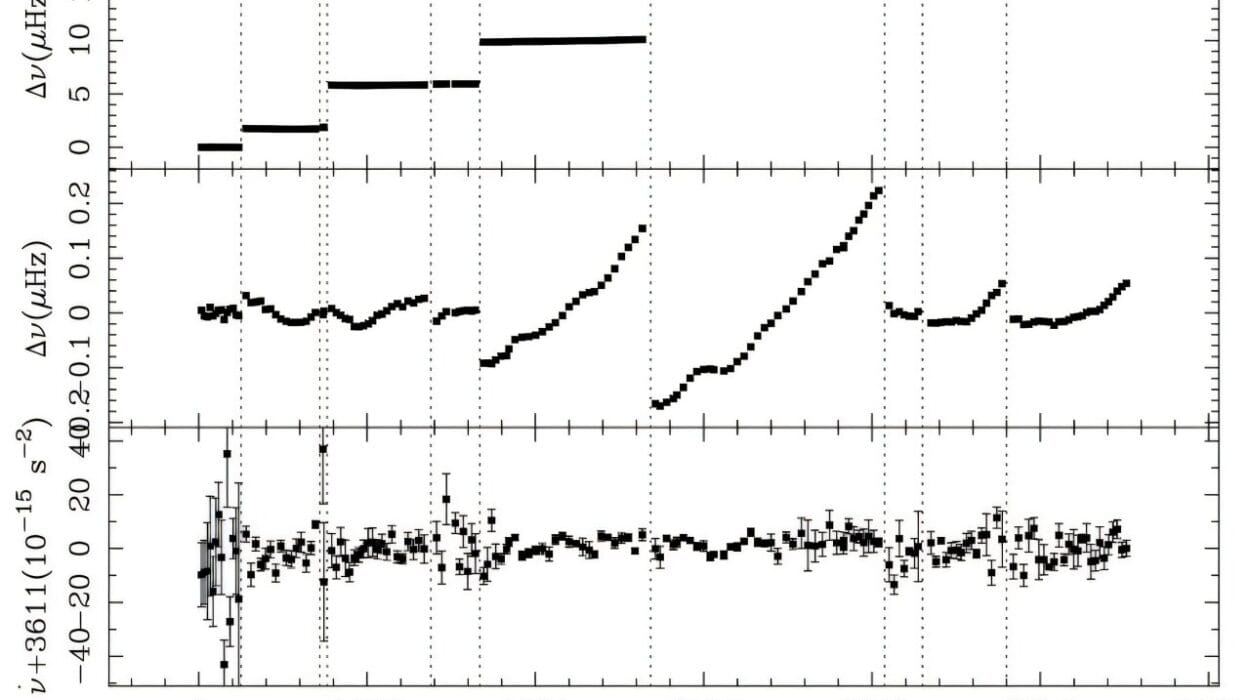In the depths of the southern constellation Vela, 16,000 light-years away, lies a glittering relic of the early universe—NGC 3201, a globular cluster as old as time itself. Over 12 billion years have passed since its stars first ignited, long before the Sun was born. And yet, nestled within this ancient congregation of stellar elders is a curious population of youthful impostors—blue straggler stars, blazing with the vitality of youth in a community of the old. A new spectroscopic study using the Magellan Clay Telescope has peeled back another layer of mystery surrounding these cosmic outliers, offering fresh insights—but also new questions—about their nature and origins.
The Paradox of Youth in a Geriatric World
Blue straggler stars (BSSs) have long captivated astronomers because they defy the very expectations that color-magnitude diagrams seem to promise. First discovered in the 1950s by Allan Sandage, these stars are a peculiar breed: unusually bright, conspicuously blue, and apparently younger than the company they keep. They are found above and to the left of the main-sequence turnoff (MSTO)—the point on a star cluster’s CMD where stars are expected to begin evolving away from the main sequence. In other words, they stick out like youthful rebels at a retirement party.
But their appearance is misleading. BSSs are not young in age, only in looks. Their apparent youth is thought to arise not from late formation, but from the rejuvenating effects of stellar interactions—either by mass transfer in binary systems or collisions in the crowded hearts of globular clusters. These mechanisms could dump fresh hydrogen onto the core of an aging star, resetting its nuclear clock and making it burn brightly once more.
Understanding how blue stragglers form isn’t just a question of stellar evolution—it also opens a unique window into the dynamical history of the clusters that host them.
A Closer Look at NGC 3201: The Straggler-Rich Cluster
NGC 3201, also known as Caldwell 79, isn’t the most famous globular cluster, but it is one of the more enigmatic. Located in the Milky Way’s halo at a low galactic latitude, it has long intrigued researchers because of its unusual motion and apparent abundance of blue stragglers. The cluster has a metallicity of [Fe/H] = –1.59, which suggests it formed when the universe was still young and metal-poor. Its estimated age of 12.2 billion years reinforces this view.
But what makes NGC 3201 especially intriguing is its radial velocity. Moving at nearly 500 km/s, it races through the galaxy with unusual speed, possibly hinting at an extragalactic origin. Some studies have even suggested that it may be the remnant core of a dwarf galaxy consumed by the Milky Way. This makes it an especially interesting environment in which to study blue stragglers—particularly those whose origins remain hotly debated.
The Magellan Clay Telescope: A Window into Stellar Chemistry
To pierce through the layers of this mystery, a team led by Gourav Kumawat from the Indian Institute of Science Education and Research in Bhopal turned to one of the world’s most powerful optical instruments: the Magellan Clay Telescope at Las Campanas Observatory in Chile. With its 6.5-meter mirror and state-of-the-art spectrographs, Magellan offers the precision needed to dissect starlight into its constituent wavelengths, revealing not just how fast a star is moving, but also what it’s made of and how hot it burns.
Kumawat and colleagues focused on a sample of 39 blue stragglers in NGC 3201, examining their spectra to determine key physical and chemical parameters: radial velocity, effective temperature, metallicity, and the crucial magnesium-to-iron abundance ratio ([Mg/Fe]). These measurements offer vital clues not just to the stars’ current states, but potentially to how they came to be.
The Numbers That Speak of Stars
The study’s findings are a blend of precision and mystery. The mean radial velocity for the BSS sample clocked in at 498 km/s, matching the cluster’s overall velocity and confirming the stragglers as bona fide members of NGC 3201. The effective temperatures ranged from 6,260 to 8,690 K, consistent with the hot, blue profiles expected of these stars.
But the real interest lies in the chemical fingerprints. The team derived a mean metallicity of [Fe/H] = –1.42, slightly higher than the cluster average, and a magnesium-to-iron ratio of [Mg/Fe] = +0.36. These values are intriguing but not yet conclusive. The [Mg/Fe] ratio, in particular, could help distinguish between different formation channels for BSSs. For instance, blue stragglers formed through mass transfer in binary systems might retain the chemical imprint of their donor stars, whereas those born from stellar collisions might appear more chemically homogeneous.
However, the uncertainties in the measurements, especially in [Mg/Fe], are large enough that definitive conclusions remain elusive.
“Chemical abundance is one such indicator that distinguishes the BSS formation scenario,” the authors noted. “Our derived values for [Mg/Fe] have large uncertainty, which prevents us from making definitive statements about the formation mechanisms of these BSSs.”
Why Blue Stragglers Matter More Than You Think
It might be tempting to think of blue stragglers as an astronomical curiosity—oddities to be catalogued and explained. But they offer more than mere eccentricity. In the dense gravitational environments of globular clusters, blue stragglers can act as dynamical probes, tracing the movements, collisions, and mergers that these ancient systems have experienced.
They may also illuminate broader questions in stellar population synthesis—how composite stellar systems evolve over time. The presence, distribution, and characteristics of blue stragglers can inform models of mass segregation, binary evolution, and cluster core collapse.
And because many globular clusters are thought to be relics of the early Milky Way—or even of now-destroyed dwarf galaxies—they provide essential data for reconstructing the galactic past. Studying their anomalous stellar populations could help untangle the complex history of the Milky Way’s growth through mergers and accretion.
Peering Ahead: The Road to Deeper Insight
While Kumawat’s team has provided the most detailed spectroscopic profile of blue stragglers in NGC 3201 to date, the story is far from over. The team emphasizes the need for further spectroscopic studies—particularly those with broader wavelength coverage and higher resolution. Such observations could reduce uncertainties in chemical abundance measurements and potentially reveal trends not yet visible.
These future studies could also probe the spatial distribution of blue stragglers within the cluster. Are they more common near the center, where stellar interactions are more likely? Or are they spread throughout, suggesting a dominant binary evolution origin? Multi-epoch observations might even reveal binary systems or variable stars among the blue stragglers—key pieces in the puzzle of their formation.
In the longer term, the advent of next-generation telescopes like the Thirty Meter Telescope (TMT) and Extremely Large Telescope (ELT) promises to bring even greater clarity. With unprecedented resolving power and spectroscopic capabilities, these observatories may finally resolve the enigmatic histories written in the light of blue stragglers.
The Timeless Allure of Stellar Outliers
Astronomy is, at its heart, a quest to understand the rules of the cosmos—and the rare exceptions that rewrite them. Blue stragglers, with their seemingly paradoxical youth in ancient star clusters, are vivid reminders that the universe seldom conforms to our expectations. They challenge our theories of stellar aging, our models of cluster evolution, and our assumptions about cosmic time.
Through the eyes of the Magellan Clay Telescope, we have glimpsed these peculiar stars more clearly than ever before. But as is often the case in science, each answer has given rise to deeper questions. In the light of these stragglers, the heart of NGC 3201 glows not just with ancient starlight, but with mystery—and with the promise that the cosmos, no matter how old, is never done surprising us.
Reference: Gourav Kumawat et al, Spectroscopic Study of Blue Straggler Stars in the Globular Cluster NGC 3201, arXiv (2025). DOI: 10.48550/arxiv.2505.15681
